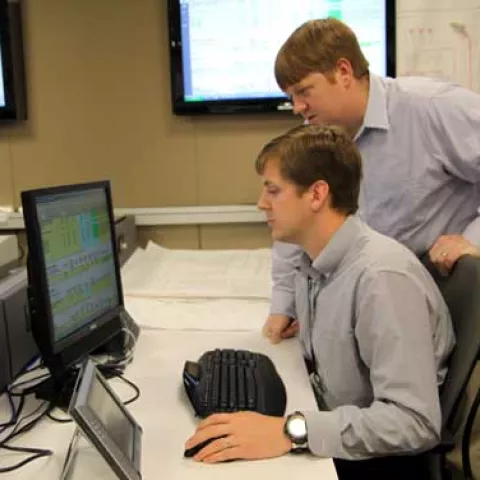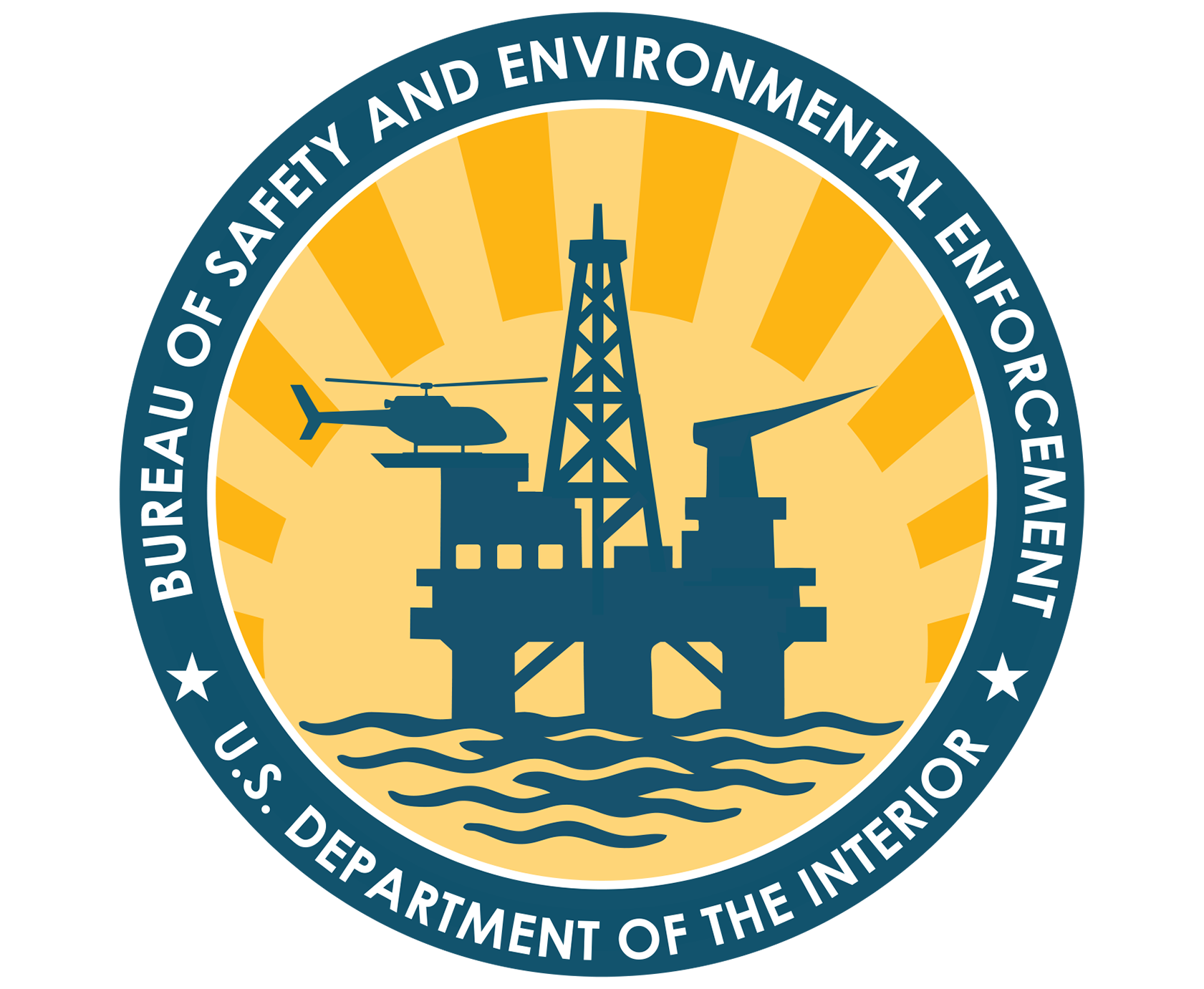July 24, 2012
The Bureau of Safety and Environmental Enforcement (BSEE) today initiated the first ever drill designed to deploy critical pieces of state-of-the-art well control equipment. BSEE experts are overseeing this exercise in the ultra-deep seabed of the Gulf of America in an effort to test the Marine Well Containment Company's (MWCC) ability to deploy new capping stack technology.
BSEE specialists began the multi-week exercise at 8:10 this morning (7/24) in New Orleans, LA.
Experts from the bureau's Gulf of America Region's District Field Operations and the bureau's Oil Spill Response Division have been working since May to identify the components of the well containment system that would need to be deployed as part of the demonstration.
Our engineers and technical experts have tirelessly labored over every detail within this exercise to develop a scenario with enough realism to give us the opportunity to fully evaluate the operator's response capabilities,” said BSEE Director Jim Watson. “Planning an exercise on this scale and at these water depths is a herculean undertaking, and our employees have set the bar pretty high. We are looking forward to a safely conducted drill that will help us to identify areas in which we can continue to improve the safety of offshore oil and gas operations.”
Prior to the start of the exercise, BSEE Engineers worked to develop step-by-step operating and safety procedures and mapped an expected sequence of events to be used in the drill. A team of BSEE experts also observed the installation of a parking pile, a simulated well-head, in nearly 7,000 feet of water. As a key component of the drill, MWCC will be required to connect the capping stack system to the parking pile and conduct pressure tests on the system. Oil Spill Response Specialists and Engineers will observe the demonstration and review deployment procedures along with associated tests that demonstrate a successful operation. There will also be a BSEE inspector observing the drill aboard the Laney Chouset vessel from which the capping stack will deploy during the drill.
The exercise is designed to gauge effective response in the instance of a deep-water oil spill using a capping stack. The system was developed during Deepwater Horizon and is improved to operate in water depth up to 10,000 feet. MWCC's capping stack reportedly has the capacity to contain up to 60,000 barrels of hydrocarbons and 120 million cubic feet of gas per day. Weighing nearly 100 tons, the capping stack stands about 30 feet high and 14 feet wide.
The demonstration underway involves the field deployment and testing of the capping stack as part of a larger scenario that will also test an operator's ability to obtain and schedule the deployment of the supporting systems necessary for successful containment. MWCC must also demonstrate the ability to mobilize the capping stack efficiently from its on-shore base to the deepwater seabed of the Gulf.
BSEE regulations require that each operator submits an oil spill contingency plan and BSEE's field operations branch conducts inspections of oil response equipment.
As part of the agency's commitment to safety and the environment, BSEE requires that capping stacks and other vital systems be tested and maintained regularly.

